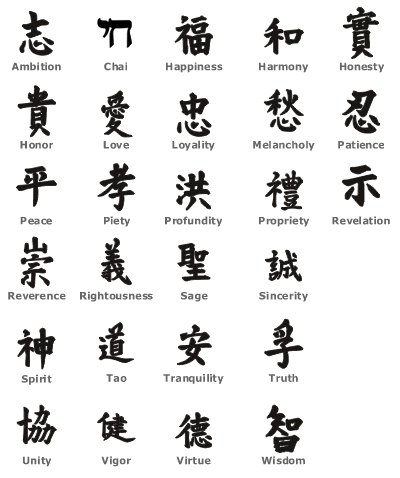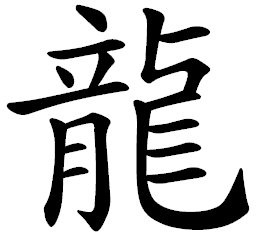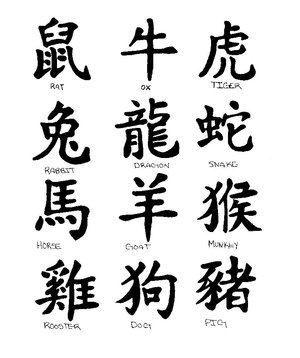The Chinese character used for the Zhuang people has changed several times. Their autonym, "Cuengh" in Standard Zhuang, was originally written with the rare character Zhuàng 獞 (or tóng, meaning "a variety of wild dog").). Chinese characters typically combine a semantic element or radical and a phonetic element. John DeFrancis calls Zhuàng 獞, with the "dog radical" 犭 and a tóng 童 phonetic, an ethnic slur and describes how the People's Republic of China removed it. In 1949, after the Chinese civil war, the logograph 獞 was officially replaced with Zhuàng 僮 (or tóng "child; boy servant"), with the "human radical" 亻and the same phonetic. Later, during the standardization of simplified Chinese characters, Zhuàng 僮 was changed to a completely different character Zhuàng 壮 (meaning "strong; robust").
While Chinese scholarship continues to place the "Zhuang–Dong languages" among the Sino-Tibetan family, other linguists now separate the Tai languages, with the most common hypothesis being an an Austronesian origin, possibly beginning on Taiwan and migrating southwest across modern China. However genetic evidence also points out Zhuang possesses a very high frequency of Haplogroup O2 with most of them being subclade O2a making it the most dominant marker, a marker which they share with Austro-Asiatic, the other portion of O2 belongs to subclade O2a1. Zhuangs also have prevalent frequencies of O1 which links them with Austronesian, but O1 is at much lower rate compared to O2a and only slightly higher than O2a1. Haplogroup O2 in taiwan aborigines is almost completely non-existent, but have a very high frequencies of O1. This means after the separation of Tai and Austronesian, Tai-Kadai speakers assimilated mostly austro-asiatic people into their population.[citation needed]
While Chinese scholarship continues to place the "Zhuang–Dong languages" among the Sino-Tibetan family, other linguists now separate the Tai languages, with the most common hypothesis being an an Austronesian origin, possibly beginning on Taiwan and migrating southwest across modern China. However genetic evidence also points out Zhuang possesses a very high frequency of Haplogroup O2 with most of them being subclade O2a making it the most dominant marker, a marker which they share with Austro-Asiatic, the other portion of O2 belongs to subclade O2a1. Zhuangs also have prevalent frequencies of O1 which links them with Austronesian, but O1 is at much lower rate compared to O2a and only slightly higher than O2a1. Haplogroup O2 in taiwan aborigines is almost completely non-existent, but have a very high frequencies of O1. This means after the separation of Tai and Austronesian, Tai-Kadai speakers assimilated mostly austro-asiatic people into their population.[citation needed]
















No comments:
Post a Comment